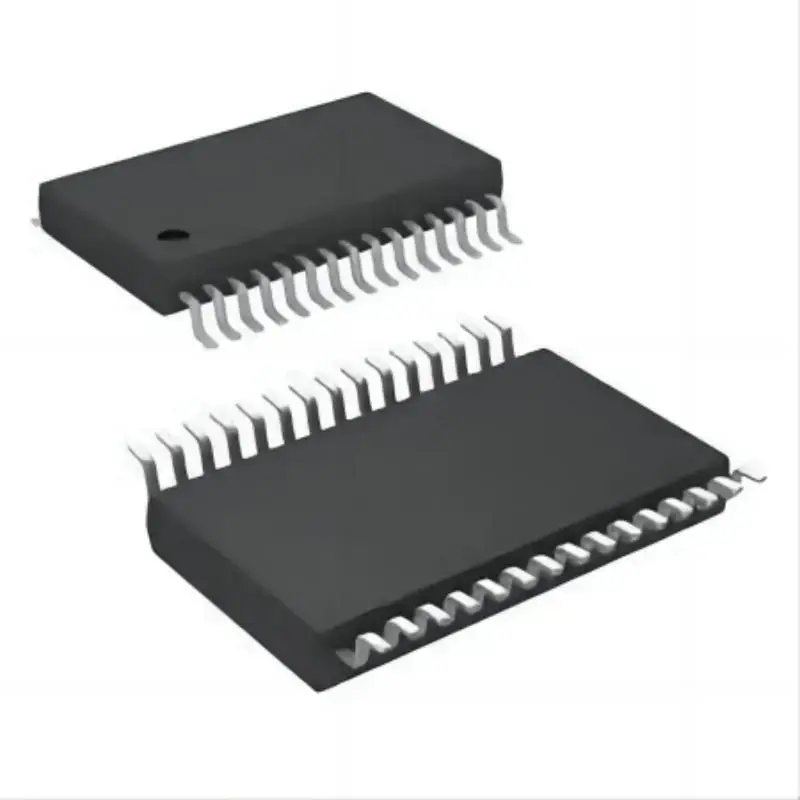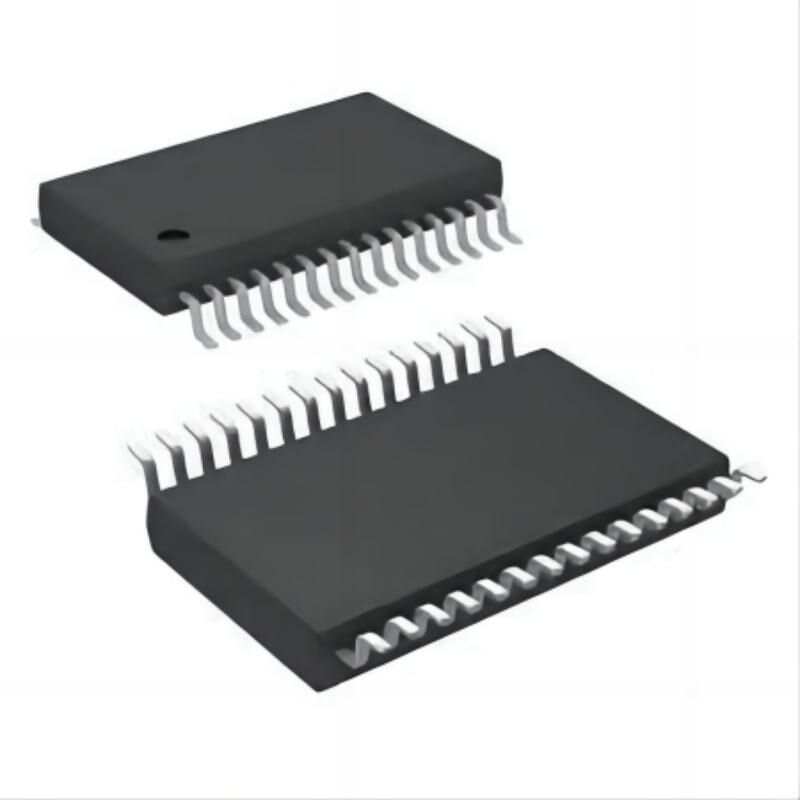Email format error
Email cannot be empty
Email already exists
6-20 characters(letters plus numbers only)
The password is inconsistent
Email format error
Email cannot be empty
Email does not exist
6-20 characters(letters plus numbers only)
The password is inconsistent


The Power Behind Your Devices: The Switching Regulator DC-DC Converter
In the realm of power management in electronic devices, the switching regulator DC-DC converter stands out as a critical component. These converters are essential for providing stable and efficient power supply by converting one DC voltage level to another. As the demand for portable and energy-efficient devices continues to grow, the role of the switching regulator DC-DC converter becomes increasingly significant. This blog post will explore the functionality, advantages, and applications of switching regulator DC-DC converters in modern electronics.
Understanding Switching Regulator DC-DC Converters
A switching regulator DC-DC converter is an electronic device that efficiently converts a source of direct current (DC) from one voltage level to another. It does this through a process of switching on and off rapidly, controlling the energy provided to the output in the form of a regulated voltage. Unlike linear regulators, which dissipate excess voltage as heat, switching regulator DC-DC converters use energy more efficiently, resulting in less power loss and greater battery life for portable devices.
Advantages of Switching Regulator DC-DC Converters
The primary advantage of switching regulator DC-DC converters is their efficiency. They can achieve efficiency levels of 80-95%, which is significantly higher than linear regulators. This efficiency is particularly important in battery-powered devices where conserving energy is crucial. Additionally, switching regulator DC-DC converters are versatile, capable of stepping up, stepping down, or inverting voltage levels, making them suitable for a wide range of applications.
Another benefit of switching regulator DC-DC converters is their compact size. The use of high-frequency switching allows for smaller inductors and capacitors, reducing the overall footprint of the power supply. This makes them ideal for use in space-constrained applications such as mobile phones, laptops, and wearable technology.
Applications of Switching Regulator DC-DC Converters
Switching regulator DC-DC converters are found in nearly every electronic device that requires a regulated power supply. They are used in telecommunications equipment, automotive electronics, medical devices, and industrial controls, to name a few. In consumer electronics, they are essential for maintaining the correct voltage levels to ensure the device operates correctly and safely.
The versatility of switching regulator DC-DC converters also extends to renewable energy systems, such as solar panels and wind turbines, where they help maximize the energy harvested by converting varying input voltages to a stable output voltage.
Trends in Switching Regulator DC-DC Converter Technology
As technology advances, the development of switching regulator DC-DC converters continues to focus on improving efficiency, reducing size, and increasing power density. Innovations in semiconductor materials, such as gallium nitride (GaN) and silicon carbide (SiC), are enabling the creation of converters that can operate at higher frequencies, temperatures, and efficiencies.
Moreover, the integration of digital control in switching regulator DC-DC converters is becoming more common. Digital control allows for more precise management of the power conversion process, leading to improved performance and the ability to adapt to changing load conditions dynamically.
Conclusion
The switching regulator DC-DC converter is a cornerstone of modern electronics, providing efficient and reliable power conversion across a multitude of devices. Its advantages in terms of efficiency, size, and versatility make it an indispensable component in the design of both consumer and industrial electronics. As the push for more energy-efficient and compact devices continues, the switching regulator DC-DC converter will remain a key focus for innovation, ensuring that the power needs of tomorrow’s technology are met with precision and efficiency.

